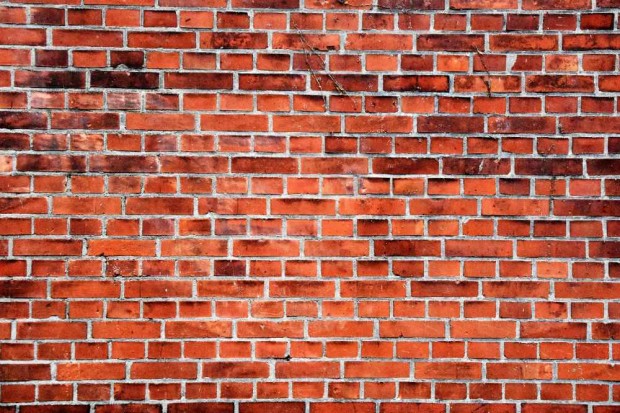Bricks are one of the materials used in construction that is capable of withstanding fire and offering durability. Thus, manufacturing these materials has been improved to produce a more environmentally friendly product. It is called Compressed Stabilized Earth Blocks, which are also referred to as soil cement bricks.

(Photo : Unsplash/Waldemar )
What are Soil-Cement Bricks?
Bricks have been utilized for a significant amount of time in construction and building materials. Bricks made of burnt or unfired clay are possible forms of these materials. On the other hand, the production of ceramic blocks traditionally involves burning clay in kilns at high temperatures. These kilns are typically powered by fossil fuels, such as coal or natural gas, that do not replenish themselves.
As mentioned, due to the heavy and bulky nature of the materials, the transportation procedure substantially amplifies their environmental impact. Therefore, alternative building materials that provide a reduced ecological footprint and enhanced sustainability are becoming increasingly popular.
Compressed Stabilized Earth Blocks (CSEB), also known as ecological bricks or soil cement bricks, consist of Portland cement, dried inorganic subsoil, and non-expanding clay. In general, sandy soil that contains more than 50% sand and clay that ranges from 20 to 30% is the most suited. The manufacturing and utilization of these materials have been optimized by developing several procedures over time. These techniques include enhanced soil selections, binder percentages, compression, and curing methods.
Bricks made from ecological materials come with several significant benefits. The production of these bricks is less expensive than regular ceramic bricks. Yet, they possess remarkable strength and endurance, ensuring they can withstand various climatic conditions and maintain their structural integrity over time. In addition, the passage of steel bars and the concealment of plumbing and electrical conduits are possible with these constructions, which can even function as self-supporting structures.
Also Read: Discover the World's 5 Longest Bridges, Showcasing Engineering Marvels in Construction
Soil Cement Composition
A construction material known as soil cement is produced by combining soil, cement, and water in a particular proportion to make a firm and long-lasting surface. The construction of roads, pavements, and building foundations are all frequent applications of this material. This material combines cement, water, and soil to impart stability to soils in support of diverse engineering endeavors, including but not limited to road construction, building foundations, and dam construction. Accordingly, the strength and durability of the finished product and the nature of the soil employed affect the composition of soil cement.
Furthermore, soil cement requires substantial fine particulates to facilitate compaction and impart superior strength. A cohesive soil with good plasticity and low organic content is perfect for producing soil cement. The amount of cement incorporated into the mixture ranges from three percent to ten percent by weight of the dry soil. A typical soil cement mix comprises 70% to 90% soil, 3 to 10% cement, and 10 to 20% water.
On the other hand, the components' precise proportions are determined by several criteria, including the desired strength, the amount of moisture present, and the kind of soil. An extensive mixing process is carried out to achieve a uniform combination. After the mixture has been compacted to the desired density, it is left to cure for several days during this process.
Related Article: Building the Future: The Eco-Friendly Advantages of Modular Home







